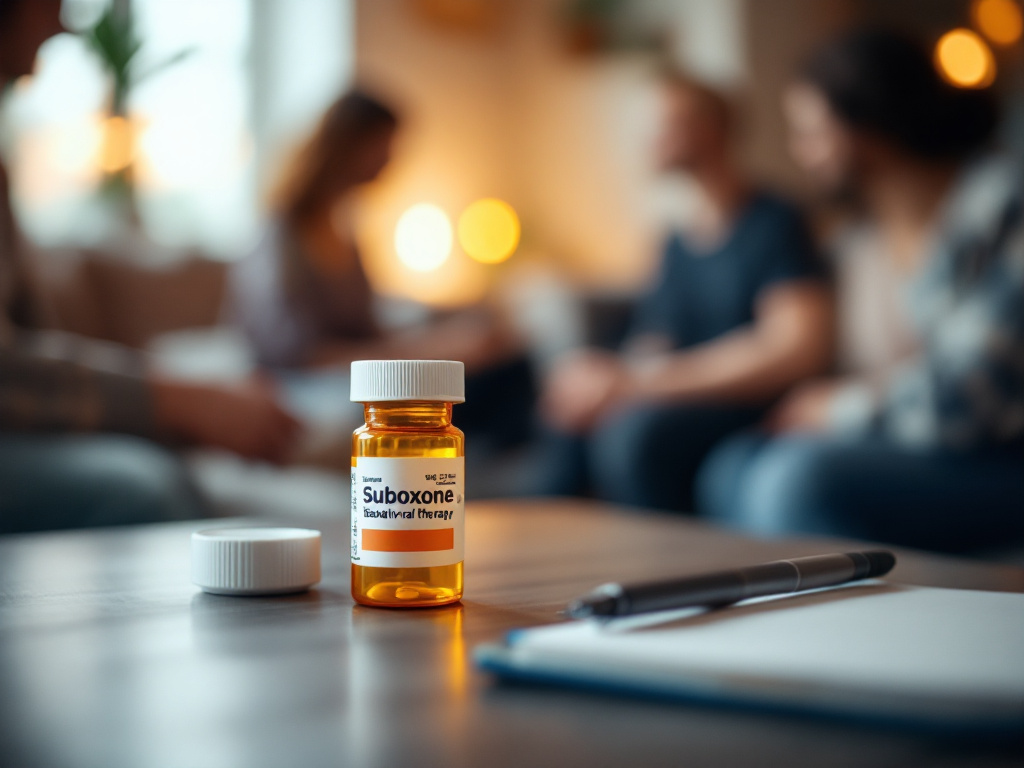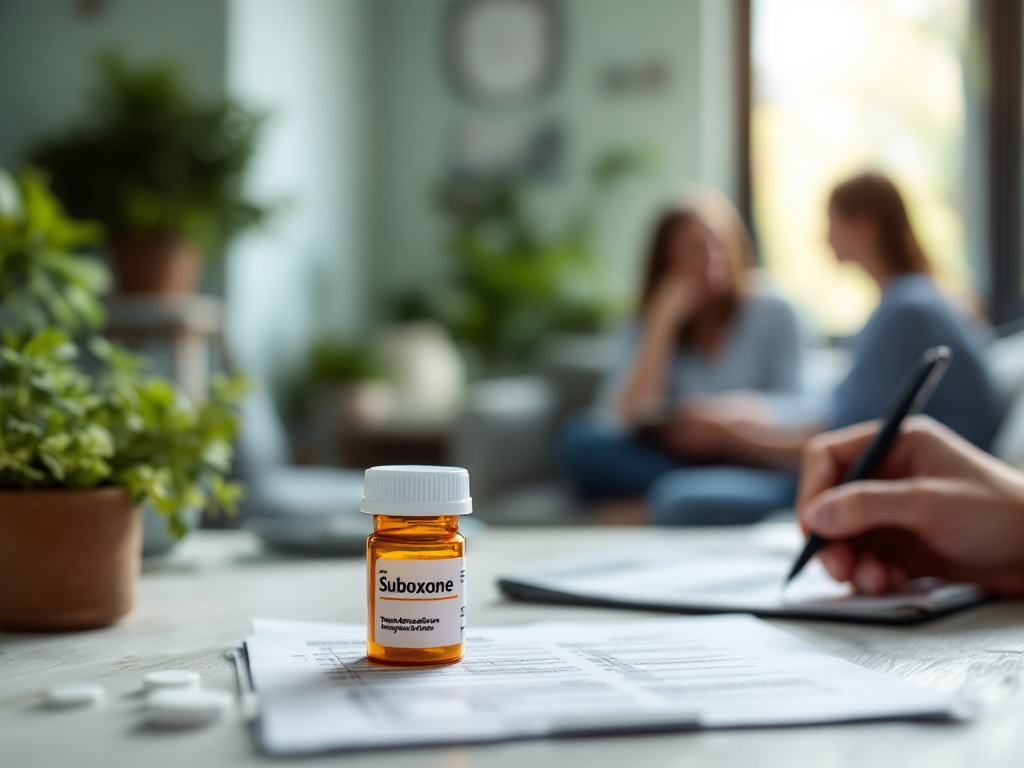You’re exploring suboxone medication support therapy in an outpatient setting covered by insurance, and you want clear, knowledgeable guidance on what to expect. Medication-assisted recovery with Suboxone combines pharmacology and counseling to ease withdrawal, reduce cravings, and support lasting change. In the sections that follow, you’ll learn how Suboxone works, review its effectiveness, compare it with other options, and find tips for choosing the right outpatient program. This comprehensive care guide will help you take the next step on your path to recovery.
Understanding Suboxone medication support
What Suboxone contains and why it matters
Suboxone combines buprenorphine, a partial opioid agonist, with naloxone, an opioid antagonist that discourages misuse. When taken as prescribed, buprenorphine binds to opioid receptors in a controlled way, easing withdrawal without causing full intoxication. Naloxone remains inactive in the sublingual film but triggers withdrawal if the drug is injected, helping maintain safe use and minimizing the risk of diversion [1].
How Suboxone works to ease withdrawal
By attaching to the same receptors as opioids like heroin or morphine, buprenorphine blunts withdrawal symptoms and cravings. Its long half-life—24 to 42 hours on average—provides steady relief that lets you focus on therapy and daily routines without frequent dosing [2]. Naloxone remains inactive when you place the film under your tongue, but if someone misuses Suboxone by injecting it, naloxone blocks the opioid effect and precipitates withdrawal, deterring abuse.
Role in outpatient care
In an outpatient context, Suboxone medication support therapy is part of a tailored treatment program that includes individual counseling, group sessions, and ongoing medical supervision. You keep your daily responsibilities while accessing comprehensive care, fostering independence in a supportive environment. Many providers offer telehealth options, making it easier to get started quickly through a virtual Suboxone medication clinic.
Exploring medication-assisted recovery
Key benefits of MAT with Suboxone
- Reduces intensity of withdrawal symptoms and cravings
- Lowers risk of relapse by stabilizing opioid receptors
- Allows you to live at home, work, or attend school
- Supports gradual, patient-centered tapering over time
Medication-assisted treatment (MAT) is recommended by the CDC, SAMHSA, and WHO as an evidence-based approach that improves recovery outcomes and reduces overdose risk [3].
Combining therapy and counseling
Medication alone isn’t enough. Integrating Suboxone with counseling and behavioral therapy addresses underlying issues that contribute to opioid use. A suboxone and behavioral therapy program offers structured individual sessions, psychoeducation, and peer support to build coping skills and resilience.
Individualized plans for lasting recovery
Every person’s journey is unique. Outpatient clinics develop individualized plans based on your history, co-occurring conditions, support network, and goals. Through regular check-ins, you and your care team adjust treatment as needed—ensuring the support necessary for lasting recovery.
Reviewing therapy effectiveness
Clinical evidence and outcomes
In a trial with 326 heroin-dependent patients, those on Suboxone had a 17.8 percent opioid-negative urine rate after four weeks, compared to just 5.8 percent on placebo [1]. Long-term studies show that buprenorphine-based MAT reduces overdose deaths, lowers rates of infectious disease transmission, and helps people stay in treatment longer [3].
Real-world success stories
Many programs report increased retention and improved quality of life for participants. By stabilizing brain chemistry, Suboxone treatment lets you engage more fully in therapy, rebuild relationships, and restore daily functioning.
Comparing treatment options
| Medication | Mechanism | Administration | Key benefit |
|---|---|---|---|
| Suboxone | Partial opioid agonist + antagonist | Sublingual film | Steady craving relief, misuse deterrent |
| Methadone | Full opioid agonist | Daily clinic dosing | Well-established efficacy, tolerated by many |
| Naltrexone | Opioid receptor blocker | Monthly injection or oral | Zero intoxication, blocks opioid effects |
Why choose Suboxone support therapy
Suboxone offers a balance of safety and flexibility. You take it at home in most cases, and telehealth options can secure same-day access through a same day buprenorphine appointment. Its partial agonist profile lowers overdose risk compared to full agonists like methadone, while naloxone discourages misuse.
Choosing an outpatient provider
Selection criteria for quality care
- Medical expertise in opioid dependence management
- Integration of counseling, peer support, and case management
- Transparent communication about dosing, side effects, and monitoring
- Accessibility through in-person and telehealth visits
- Verified insurance partnerships to reduce out-of-pocket costs
Understanding coverage and costs
Insurance often covers Suboxone under MAT benefits. Look for insurance verified Suboxone treatment or buprenorphine treatment covered by insurance to confirm coverage details. Medicaid plans typically include Suboxone—check Suboxone therapy covered by Medicaid for specifics.
Immediate telehealth access
Many clinics now offer virtual assessments so you can start medication support within hours. Telehealth reduces barriers like transportation or scheduling, and outpatient Suboxone prescription program options simplify ongoing care. For in-person visits, choose an outpatient MAT clinic accepting insurance or an outpatient MAT provider near Pittsburgh.
Planning maintenance and tapering
Setting up a maintenance plan
After stabilization, your provider will discuss a Suboxone taper and maintenance plan. Gradual dose reductions minimize withdrawal symptoms and preserve stability. Some people taper to a low dose and transition to full abstinence, while others maintain a steady dose long term through a Suboxone maintenance outpatient program.
Monitoring progress and safety
Regular check-ins include urine screens, liver function tests, and mental health assessments. You’ll learn to recognize signs of adrenal insufficiency—fatigue, nausea, low blood pressure—and report concerns early [4].
Adjusting dosage responsibly
Dosage changes depend on your stability, absence of cravings, and minimal side effects. A dynamic suboxone recovery management plan ensures your care evolves with your progress.
Accessing supportive resources
Behavioral and peer support
Pair medication with group therapy, family counseling, or 12-step meetings. A Buprenorphine therapy for opioid recovery approach reinforces skills learned in individual sessions and strengthens accountability.
Additional outpatient services
- Case management and social work referrals
- Vocational training and employment support
- Holistic therapies such as mindfulness, yoga, or exercise groups
Check with your outpatient addiction medicine provider for a full menu of services.
Next steps for immediate care
Ready to begin? Position Freedom Healthcare offers confidential, private Suboxone recovery care with same-day scheduling through telehealth. You can connect with a confidential outpatient Suboxone doctor today and set up your buprenorphine treatment plan setup.
By choosing an outpatient Suboxone support program, you invest in a supportive environment and a comprehensive care plan tailored to your needs. With medication to stabilize your recovery and counseling to build coping skills, you gain the tools and encouragement necessary for lasting change.
References
- (EMA)
- (Cedar Recovery)
- (NIDA)
- (Medical News Today)











